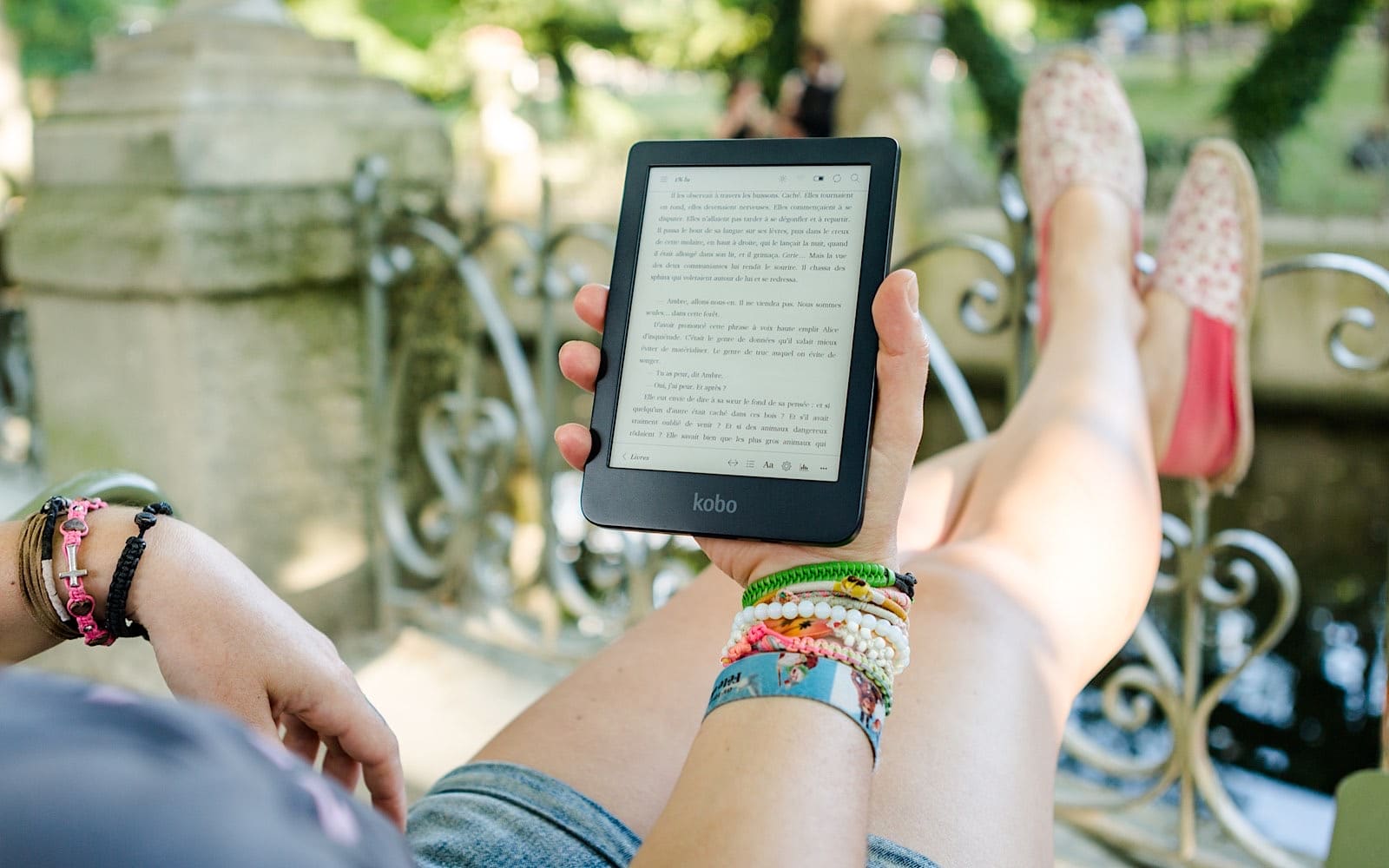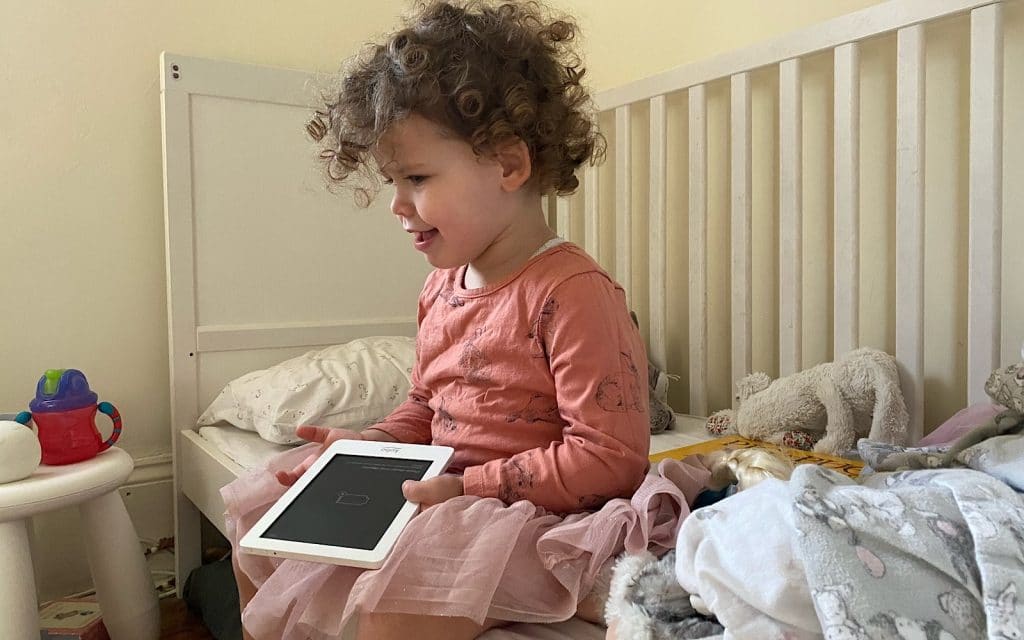Between getting all our TV watching done, signing up to online fitness programs, and learning new things, Aussies have been doing a lot of reading, say the folks behind Kobo.
In what will probably come as little surprise to anyone who has ever read a book before (which is presumably anyone who can read this article), reading is enjoyable, and being enjoyed by quite a few people. Lately especially so, as Australians have been at home during the coronavirus crisis trying to find things to do.
Of course, there are many things they can do, and much of it associated with modern technology.
They could learn how to play music or pick up a new skill, shaping that big brain of theirs in times when going outside was less than suggested, or they might find fitness is more up their alley with an online fitness program (or why not both).
Many chose to watch an almost endless supply of media on Netflix, Stan, Amazon Prime Video, Disney+, and the recently introduced Binge, just to name a few and we’re naming only the ones you pay for, because there are plenty of places out there offering free media. Free TV can come from any of the free-to-air streaming solutions, not to mention FreeView, and there’s even free audio through the likes of Spotify and Apple Music, again to name a few.
What you might not realise is there are also free books, and while Aussies have spent much of the time at home reading, it doesn’t have to stop.
Rakuten, the company behind Kobo eBook readers, recently released some statistics suggesting just how much time Australians have spent on its books, suggesting reading has become central to how many of us survived our self-isolation periods. According to the company, reading time in Australia went up by 61 percent from where it normally is, and with more people at home, Australians saw a rise of 467 percent for reading between the hours of 10am and 11am, when we might normally be doing something else in the real world.
Locally, Kobo’s people tells us it has partnered to provide eBooks on Booktopia, an Australian book store that now includes Kobo eBooks thanks to a partnership between the two companies, which could have seen those local eBook numbers rise.
Kobo’s people couldn’t tell Pickr the ages of people reading, though we suspect the numbers have likely led to more kids reading, particularly as their studies have turned to the digital era. However Kobo did say that while “iOS and Android apps remain a popular reading option, people tend to read most on our Kobo eReaders”.
Those stats are specific to Kobo’s eBooks only, and they’re not the only game in town, either. Between the popularity of Amazon’s Kindle, books found in both the Apple Books store on the iPhone and iPad, not to mention Google Play Books on Android devices, not to mention using magazine services such as Readly or Apple’s News+, Australians (and much of the rest of the world) indeed have options for reading.
Some of those options cost money, typically with new releases and most books out there. There are, of course, freebies, most of which are classics and in the public domain, helped in part by Project Gutenberg and its library of over 60,000 free eBooks. Kobo has them under a classics section, but they’re not limited to Kobo either, as most services offer these classics as free eBooks if you go looking.
Outside of the classics, free eBooks will typically change at times of the year, though we found at least one page on Kobo’s site that outlined several books that weren’t just classics, potentially providing more choices to read across fiction, fantasy, science fiction, romance, and even kids and young adult.
Essentially it means if you’re looking for something new to read that won’t necessarily cost you anything, you may be in good company, and based on the stats, you won’t be alone, either.







